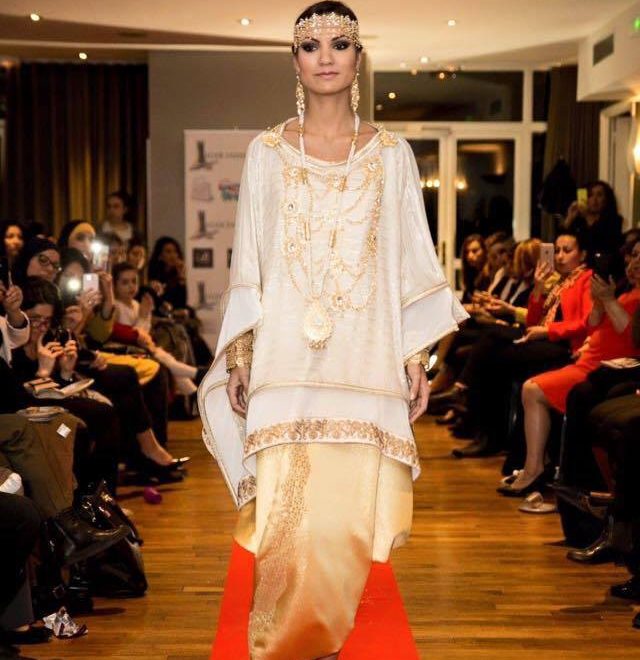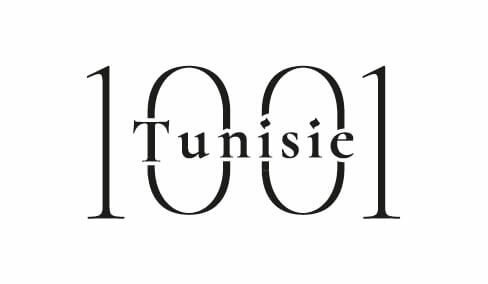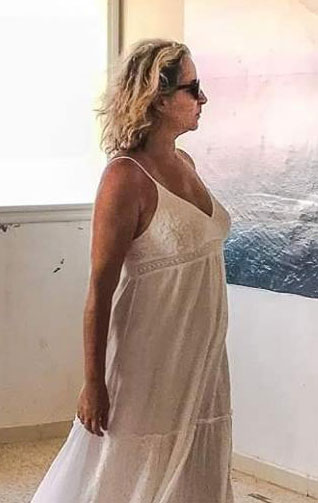
Hayet Chamakh is a young Tunisian designer who lives in Lyon where she lives and develops her own brand HC Creations. Her passion, she owes it to her mom, neighborhood seamstress and remembers a time when she was lying in scraps of fabric with her doll. 1001 falls for a model (the Chaoui, the number one of the present article) and want to know more about the young woman who works primarily with the Maghreb communities in her region. Interview. By Amel DJAIT
1001Tunisie: Where does your passion for fashion come from?
Hayet Chammakh: My mother was a seamstress and made custom dresses for all women of our neighborhood. She was always scribbling a small sketch before starting her model and I have very vivid memory of that moment. So really, and without hesitation, my passion comes from there! I grew up surrounded by fabrics and beautiful materials that my mother sewed, modeled, sewed, turned fervently. Small, I was recovering scraps of fabric to make dresses for my dolls.
What is your background? When did you launch your brand?
I am studying in a fashion design school in Lyon Beautiful courtyard. I learned the precision, rigor and love of the French heritage of high fashion. HC creation was born in 2012. I decided to launch my brand after feeding my style of many years of experience in workshop and customized it.
What’s the style HC?
HC creative style revisits the traditional North African outfit with a chic French touch. I like the clean lines, the marriage of colors and materials. I prefer to work on evening dresses and I was inspired by lines from different eras as the “sixties” I’m an absolute fan. I also like to work embroidery with crystal beads
Why tonight? What do you use in terms of materials?
The desire to turn towards evening dresses comes without doubt my Tunisian origin. Our woman love to shine at parties and weddings and love the refined and elegant. The evening and its garments absolutely fascinate me! In terms of materials, I use a lot of silk the capital of which is Lyon which. I also like chiffon, taffeta, brocade or velvet. Calais lace is for me the most refined material that is; a material that works very easily and makes the whole outfit a chic gently.

Who are you creating for?
I create for multicultural women and backgrounds. This led me to become interested in traditional outfits from several countries. It is an inexhaustible source of inspiration!
What is your favorite piece?
The part that I prefer and “Karakou” from Algiers. I fell in love with it at an Algerian marriage. The garment is a magnificent heritage of the Ottoman Empire. In Tunisia, there are similar outfits as “Fermla” Mahdia. The “Karakou” I create is a garment with a very tight fit, emphasized at the waist with a cummerbund and which gives a very modern and traditional outfit.
What is your ideal outfit for a cocktail, a romantic dinner and a family celebration?
For a cocktail, simplicity always pays. I would advise a light silk blouse color to wear on a dark tapered trousers Just then just build on an accessory “flashy” such as a bracelet or rhinestone earrings. For a romantic dinner, stay soft! The famous little black dress with a jacket and heels “nude” will be the most beautiful effect! For a family celebration, I propose a “Jebba” short chiffon with contrasting green stripes water / fuschia example.
In fashion, what is the garment that seems most emblematic of Tunisia?
The most iconic fashion in Tunisia is unconditionally “fouta or blousa”! It is the emblem holding weddings. It is and remains timeless. It evolves over the years and continues to attract all generations.
Out of fashion, what is your object, perfume or symbol of Tunisia?
My symbol object and without hesitation is “Mechmoum.” When I breathe the scent of jasmine or “fell”, I close my eyes and travel in Tunisia. I’m in my neighborhood Ariana, at my parents’ who naturally have a beautiful jasmine.


 َAbonnez-vous
َAbonnez-vous

